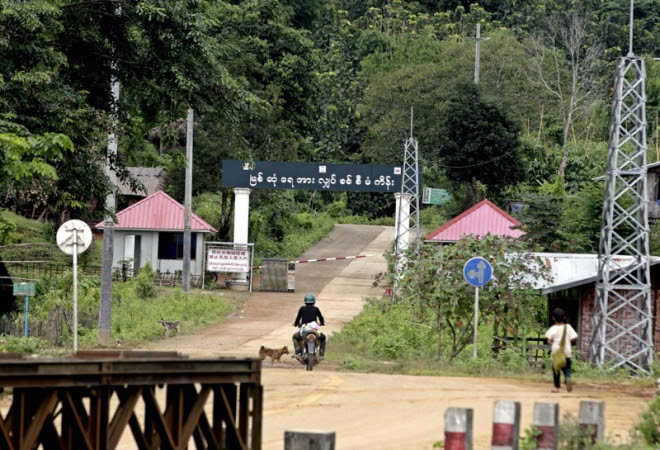The six hydro-electric dams that the government plans to build on the Ayeyarwady and Thanlwin rivers will generate revenue of US$540 million (about K530.3 billion) a year by the 2030-31 fiscal year, the Deputy Minister for Electric Power told parliament on June 18.

U Maw Thar Htwe told the Pyithu Hluttaw that as well as providing electricity, the benefits from the dam projects would include job opportunities, improved transport and better regulated water flows.
“We expect demand for electricity to increase 13 per cent year on year,” he said, adding that the government planned to keep 30 percent of the electricity generated by the dams "in reserve".
U Maw Thar Htwe said Myanmar was producing 4,362.5 megawatts a year and the six planned dams would increase output to 23,594MW.
By 2030-31, Myanmar would be able to provide enough electricity for the 40 million people who were living without power, he said.
The Deputy Minister said funding for the planned projects would be sourced from both the public and private sectors and foreign investment.
The Speaker of the Pyithu Hluttaw, Thura U Shwe Mann, said planning for the dams had taken into account compensation for those who would be displaced by the projects as well as environmental and social impact reports.
The Speaker said there were concerns about the availability of good job opportunities for those displaced by the projects.
In 2011, President U Thein Sein suspended for his term in office work on a project involving a state-run Chinese company to dam the Ayeryarwady River at Myitsone in Kachin State.
The decision, which was greeted by national acclaim, followed escalating protests against the decision to dam the Ayeryarwady.
Under an agreement signed in 2006 by the Ministry for Electric Power-1 and the China Power Investment Corporation to build the dam, most of the electricity it generated was to be sold to China.



